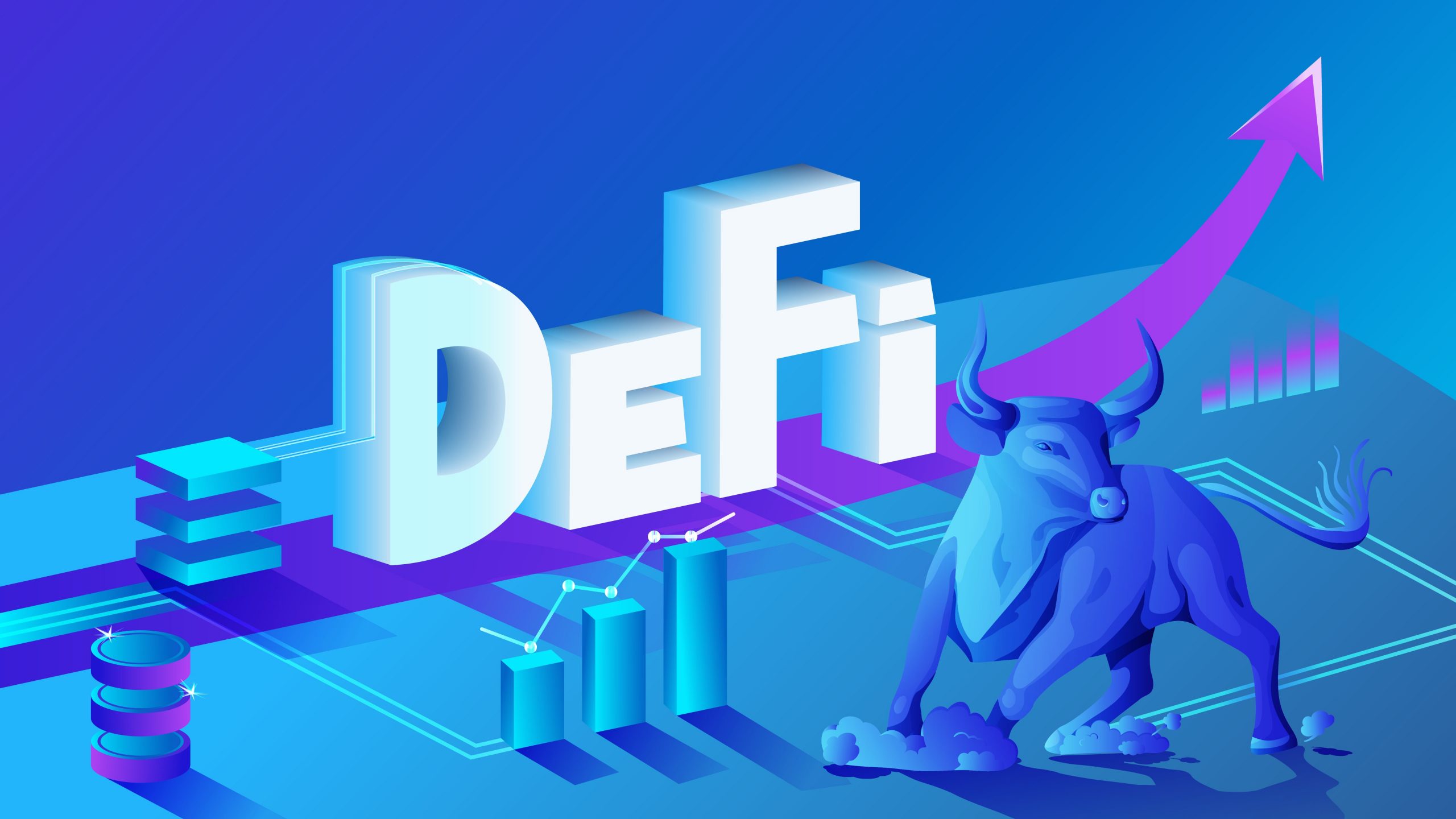DeFi 2.0 has been a popular buzz term among Token Metrics’ analysts Bill Noble and Mehdi Farooq. But what is DeFi 2.0, and why should you care about it?
DeFi 2.0, in short, is a set of protocols developed to improve upon the innovations made by the groundbreaking protocols of DeFi summer in 2020. From this point forward, we will refer to these protocols (Uniswap, AAVE, MakerDAO, etc.) as DeFi 1.0.
DeFi apps like those mentioned above were something the world had never seen. DeFi 1.0 gave the unbanked and underbanked access to financial services that had previously been inaccessible. In doing so, it created life-changing wealth for many of these people.
Nevertheless, DeFi 1.0 could be iterated upon and improved. Enhancement is the aim of DeFi 2.0. In a nutshell, DeFi 2.0 aims to enhance the scalability, security, liquidity, decentralization, and access to information of DeFi 1.0.
DeFi 2.0:
The new wave of decentralized finance aims to do this through several different use cases, each of which we will discuss in-depth in later blog posts. These include but are not limited to self-repaying loans, unlocking the value of staked funds, protocol-owned liquidity, and impermanent loss insurance.
Scalability
In DeFi 1.0, the use of Ethereum as the base layer caused transaction fees to be extremely high and settlement to be unbearably slow. During sell-offs, DeFi platforms like Uniswap can experience abnormally high levels of activity and suffer from data congestion.
DeFi 2.0 solves these issues by transitioning dApps to alternative layer-1s like Solana, Avalanche, and Luna or layer-2 solutions on Ethereum like Arbitrum. These substitutes offer more transactions per second and lower fees than the Ethereum base layer.
Security
Security is paramount to success for protocols and dApps across all crypto sectors. DeFi 1.0 dApps emphasized security for their users. Smart contract audits frequently occurred before a project entered mainnet, but as updates to the smart contract are made, audits become less valid. Thus, some DeFi dApps got exploited for hundreds of millions in 2021, proving to the community that improvements needed to take place.
Many risks of DeFi 1.0 centered around the fact that many DeFi users did not understand how to manage risk effectively. DeFi 2.0 emphasizes creating protocols with simpler UI/UX designs so users can better evaluate risk.
Liquidity
While DeFi 1.0 allowed liquidity to be stored in new and innovative ways, capita use could still be more efficient. The main issue with liquidity was that users were forced to lock-up funds when yield-farming or contributing to liquidity pools.
DeFi 2.0 applications unlock this liquidity while it is locked up. Unlocking this liquidity is done in various ways by many projects like Olympus DAO, Tokemak, and Alchemix. We will dive into these projects and their approach to liquidity provision in later blog posts.
Decentralization
Many early DeFi projects lack the aspects of decentralization. Most developers choose to focus on security and scalability at the cost of being more centralized. At this time, there are still no DeFi projects that are fully decentralized.
DAOs are the drivers of DeFi 2.0 projects. Community-driven development and implementation of the roadmap is the vision of a decentralized application. OlympusDAO is a solid example of a DeFi 2.0 project that employs the values of decentralization in its protocol.
Access to Information
DeFi applications are reliant on Oracles like Chainlink or other off-chain data providers. An issue with a dApp’s external data provider can be catastrophic. Imagine if the price feed for a DeFi app had the price of ETH at $100!
This issue is still being worked upon in DeFi 2.0, but the thesis is that ecosystem needs better oracles.
Conclusion:
The crypto and decentralized finance ecosystems are constantly growing at an accelerating rate. Innovations of DeFi 1.0, many of which are barely one year old, look archaic compared to the technologies of today’s DeFi 2.0 revolution.
Many of the same risks that exist in DeFi 1.0 still exist in DeFi 2.0, namely, platform, smart contract risks, and uncertainties around regulation. The risk of impermanent loss has been mitigated in DeFi 2.0 but will never be gotten rid of entirely.
Liquidity incentivization and capital efficiency are the main improvements made in DeFi 2.0. But security, scalability, and decentralization are also a focus in new developments made to the ecosystem. The foundations of DeFi 1.0 built an impressive ecosystem, and the innovations of DeFi 2.0 continue to grow the space to the masses.





